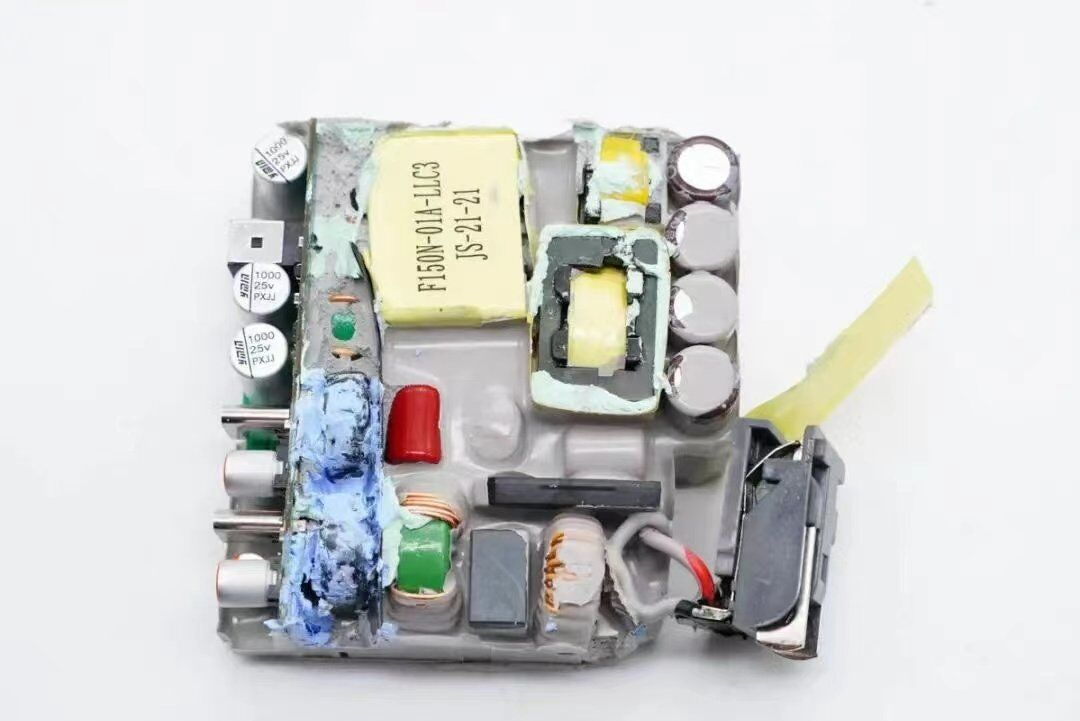In the field of adhesives, there are some products with good high temperature resistance, which are suitable for use in high temperature environments. So, how is the temperature resistance of organic silicone, can it be used in high temperature environments for a long time? Take a closer look and use it in a suitable environment.
How is the temperature resistance of organic silicone?
Generally speaking, organic silicone can be used in an environment of -40℃--200℃. If you want to use it for a long time, try not to use it in an environment above 150 degrees. There are some products with outstanding high temperature resistance, which can be used for a long time in an environment within 180 degrees and temporarily in an environment of 250 degrees.
In order to make the adhesive play an excellent temperature resistance, do not heat it before it is completely cured. If you are not careful, bubbles or cracks will appear, which is not conducive to long-term use. It is more reassuring to cooperate with a strong supplier, such as TENSAN, which focuses on organic silicone research and provides customized organic silicone application solutions. It has a wide range of uses and can be applied to new energy, military industry, medical, aviation, shipbuilding, electronics, automobiles, instruments, power supplies, high-speed rail and other industries.
Why does aerosol occur when using organic silicone?
When organic silicone is used in a closed environment, aerosol may be generated. This is because some components cannot be released during the curing process of the adhesive, resulting in the generation of aerosol. In order to avoid this situation, it is recommended to use a dealcoholized adhesive, which will release alcohol substances during curing and will not produce aerosol.
How to remove excess organic silicone?
Before curing, you can scrape it off with a knife and then clean it with a cleaning agent. After curing, you can scrape off the excess adhesive around it and then use a solvent to remove the residue.
When the worker's operating skills are not proficient enough, it may be filled with too much adhesive and overflow directly. Clean it with a clean rag while the glue is not cured. After it is cured, it will affect the stability of the components and needs to be cleaned up in time. Without the influence of excess adhesive, it can be put into use normally.
